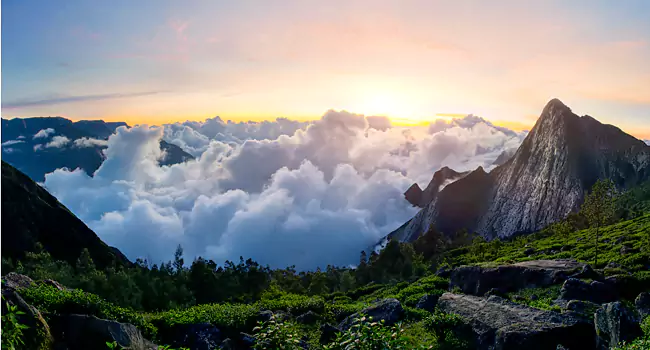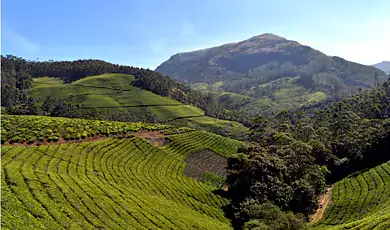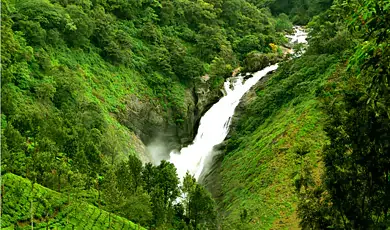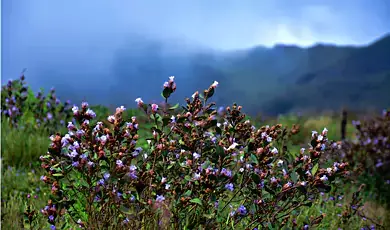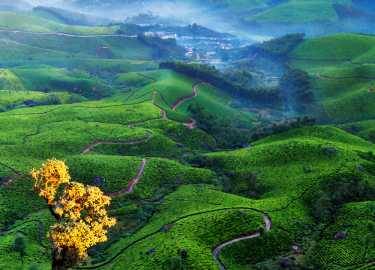Meesapulimala is a mountain summit in Kerala's Idukki district that is part of India's Western Ghats. At 2,640 metres, it is the second-highest peak in the Western Ghats (8,660 feet). The summit is a well-liked location for trekkers and hikers and is situated within the Munnar Forest Division.
The mountain is surrounded by thick woods, which support a diverse range of plant and animal life. The evergreen and semi-evergreen species that make up the woods of Meesapulimala's slopes include a range of trees like teak, rosewood, and sandalwood. The area is also home to various wildlife, including elephants, tigers, leopards, and the Nilgiri tahr, a wild goat found only in the Western Ghats.
Due to the steep inclines and rocky terrain, the Meesapulimala walk is regarded as one of the most difficult and taxing treks in the Western Ghats. It takes two to three days to finish the trek, which starts in the little settlement of Rajakkad at the peak's foot. The journey takes moderate to high fitness and is not advised for novices.
The trip offers stunning views of the valleys and mountains in the area, as well as the opportunity to spot a variety of wildlife and plants. The climb ascends rocky terrain, grasslands, and lush forests, and the peak provides a sweeping perspective of the surroundings.
Meesapulimala, a component of the Western Ghats World Heritage Site, designated a UNESCO World Heritage Site in 2012, is a hikers' paradise and a hotspot of biodiversity and conservation. The region is also included in the proposed Agasthyamala Biosphere Reserve, which aims to safeguard the Western Ghats' distinctive biodiversity.
Trekking and Hiking: Meesapulimala is a well-liked vacation spot for lovers of climbing and trekking. Meesapulimala Peak, the second-highest peak in the Western Ghats, is the destination of the primary trekking route, and it provides amazing views of the surroundings. The journey takes about 6-7 hours and begins in the little village of Kottakamboor. You will pass through lush forests, raging streams, and various bird and animal species along the way.
Camping: Meesapulimala is a fantastic location for camping. Near the hiking trails are several campgrounds that provide simple amenities like water and restrooms. You can either set up your tent or hire one from a nearby seller. You can pitch your tent or rent one from the local vendors. Camping under the stars in the serene surroundings of Meesapulimala is an experience you will never forget.
Wildlife Watching: A variety of animal and bird species can be seen in Meesapulimala. You might see leopards, elephants, gaurs, and wild boars, among other wildlife. With over 200 birds documented in the area, including the Malabar trogon and the Nilgiri wood pigeon, the area is well recognized for its prospects for birdwatching.
Plant and flower spotting: Meesapulimala is home to various plants characteristic of the Western Ghats' rich flora. The region is covered in extensive shola, bamboo, and evergreen tree woods. Numerous orchid species, as well as other wildflowers, can be seen in the area.
Visit local villages: Small rural communities all around Meesapulimala provide a window into the traditional way of life in the Western Ghats. You can go to these places and talk to the locals about their traditions and customs.

